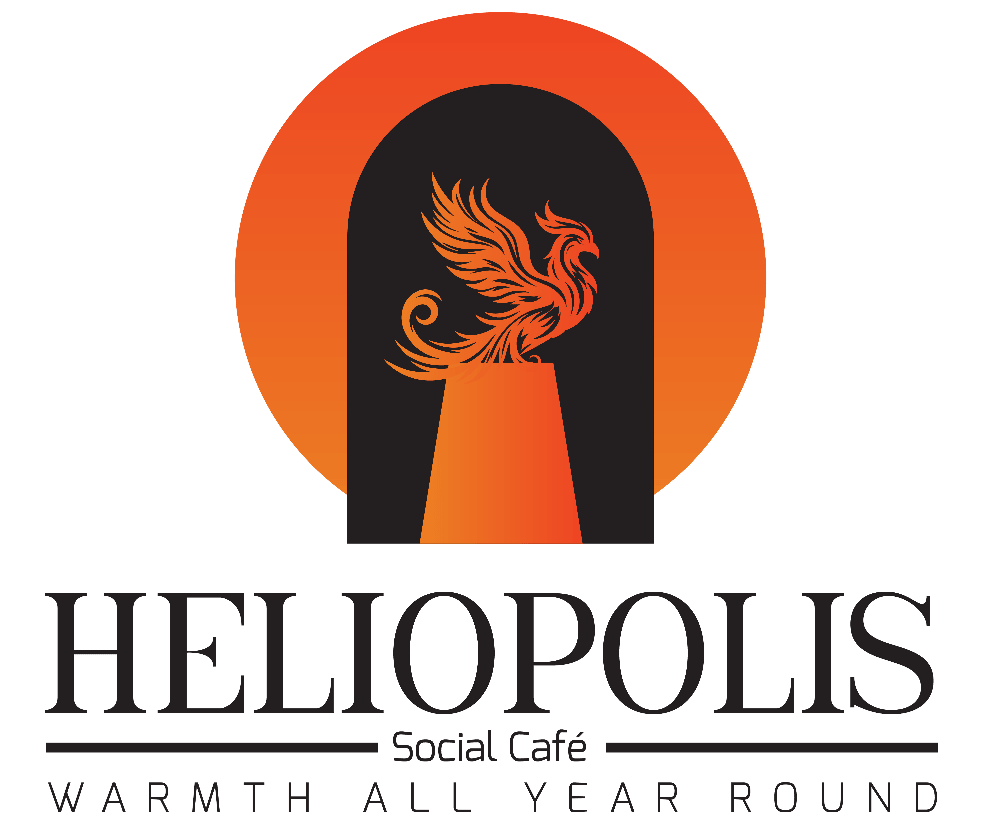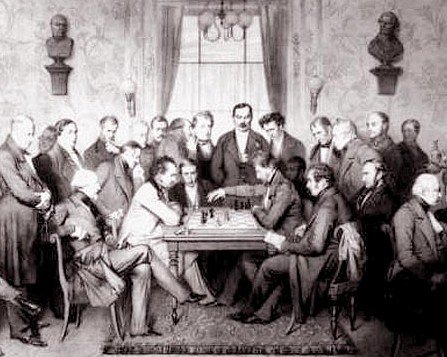Chess & Existentialism: Parisian Cafés
Parisian cafés have long been the epicenter of intellectual and cultural exchange. In the 18th century, the cafés were frequented by the Encyclopédistes, a group of philosophers, writers, and scientists who contributed to the creation of the Encyclopedia, the monumental work that aimed to compile all human knowledge. Figures like Denis Diderot and Jean-Jacques Rousseau would gather in these bustling venues to debate, write, and share ideas, influencing the Enlightenment and spreading revolutionary thoughts that would eventually shape modern Western philosophy and society.
In the 20th century, Parisian cafés became the breeding ground for existentialist thought, spearheaded by Jean-Paul Sartre and Simone de Beauvoir. These intellectuals, along with their contemporaries, would engage in deep philosophical discussions at renowned cafés. Their exploration of freedom, existence, and the human condition resonated globally and left a lasting impact on literature and philosophy.
Before Parisian cafés allowed women inside, French women of nobility would “park” their carriages outside of the cafés, and had their own rendez-vous and discussions, while cafés served them drinks on silver platters.
Interestingly, Thomas Jefferson and Benjamin Franklin, while in Paris, frequented these same cafés and engaged in discussions and debates.
Iconic Paris Cafés
Café Procope
Founded in 1686, Café Procope is considered the oldest café in Paris and a cornerstone of Parisian intellectual and literary life. Located in the Latin Quarter, it quickly became a meeting place for the Enlightenment thinkers who shaped modern Western thought. Philosophers like Voltaire, Rousseau, and Diderot were frequent patrons, engaging in lively discussions about philosophy, science, and politics. The café also played a significant role during the French Revolution, with revolutionary figures like Robespierre, Danton, and Marat using it as a hub for planning and discussion.
In 1776 Procope, Benjamin Franklin prepared the project for an alliance between Louis XVI and the new Republic. It was there that America’s first ambassador forged alliances and discussed politics as well as philosophy and science. Along with Thomas Jefferson, Franklin is said to have written elements of the future Constitution of the United States there.
Philosophers’ Supper
A 1772 painting by Jean Huber depicting discussions at a Paris café (said to be Procope). In the painting:
- Voltaire
- Jean-Antoine-Nicolas de Caritat de Condorcet
- Denis Diderot
- Jean le Rond d’Alembert
- Jean-François de La Harpe
The famous chess match between Howard Staunton and Pierre Charles Fournier de Saint-Amant at Café de la Régence.
Painting by Jean-Henri Marlet in 1843.
Café de la Régence
Established in 1681, Café de la Régence gained fame as a center for chess and intellectual discourse. Situated near the Palais-Royal, it attracted a diverse clientele, including philosophers, politicians, and chess enthusiasts. The café became renowned for its chess matches, hosting some of the greatest players of the 18th and 19th centuries. François-André Danican Philidor, a legendary chess player and composer, was a regular.
Café de la Régence also drew notable intellectuals and philosophers, who appreciated the strategic and intellectual nature of the game.
In the 19th century, the café continued to attract prominent figures such as Napoleon Bonaparte, who was known to play chess there during his rise to power. The combination of chess and intellectual debate made Café de la Régence a strategic hub for cultural exchange.
Café de Flore
Café de Flore was a favored haunt for writers, philosophers, and artists since the late 19th century, but it was during the 1940s and 1950s that it became a central hub for the existentialist movement, attracting luminaries like Jean-Paul Sartre, Simone de Beauvoir, and Albert Camus. Sartre and de Beauvoir would spend hours there, writing and engaging in philosophical debates about freedom, existence, and human nature. The café also drew a diverse crowd of artists, writers, and intellectuals, including Truman Capote, Ernest Hemingway, and Pablo Picasso, who found inspiration in its vibrant atmosphere.
Les Deux Magots
Just a short walk from Café de Flore, Les Deux Magots was another key gathering place for Parisian intellectuals and artists. It dates back to 1885 and has hosted a similar array of influential figures. In the early 20th century, it was frequented by surrealists like André Breton and Louis Aragon. During the existentialist period, it, too, attracted Sartre and de Beauvoir, alongside other prominent thinkers and writers. Les Deux Magots also welcomed expatriate writers like James Joyce and Ezra Pound, who were part of the “Lost Generation” of American writers living in Paris.
Stories of Bennu
Opening Hours
All Week 11am to Midnight
Street Parking is available
Public parking lot at the back of the building. Click for Directions

